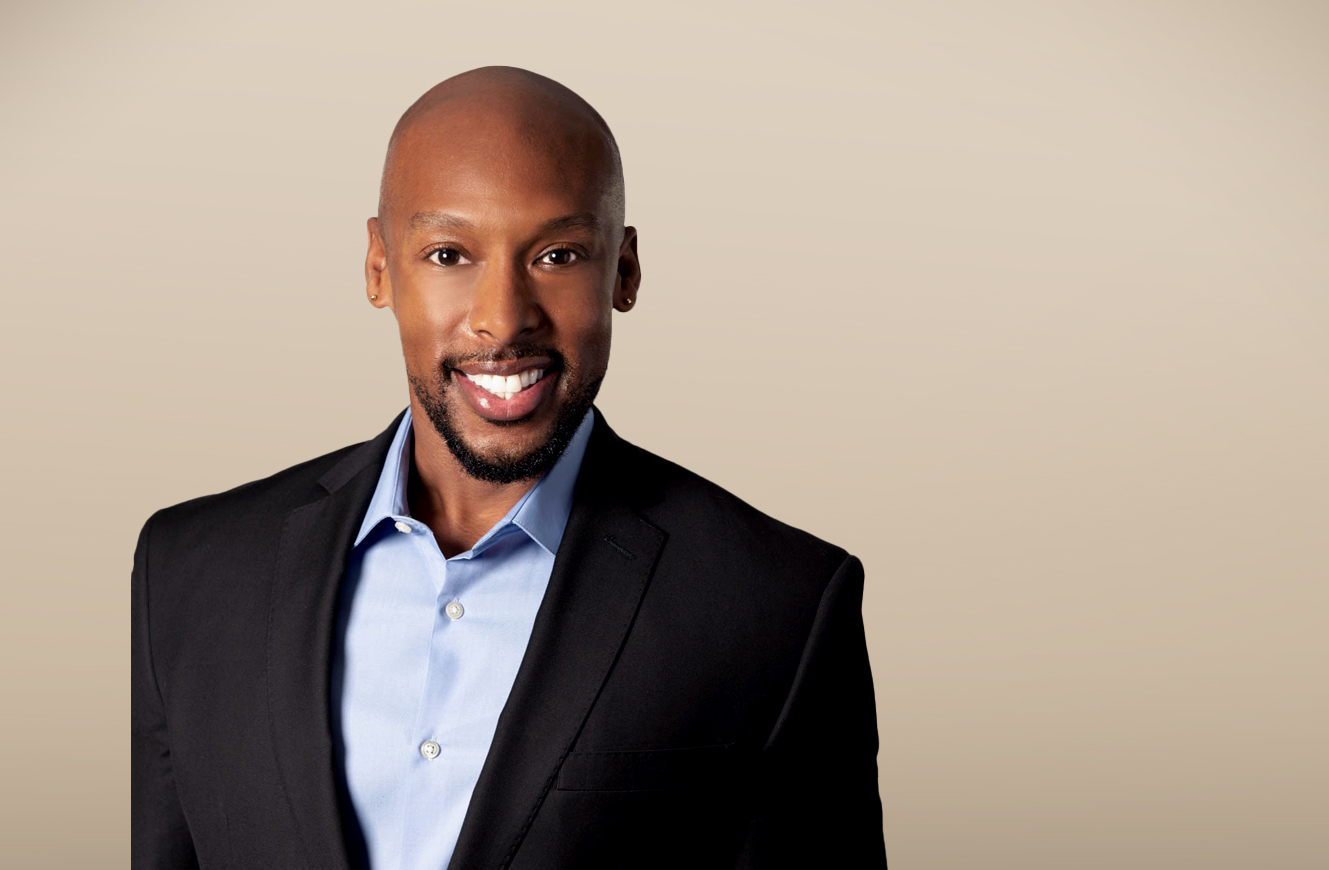5 Questions with Alum and Executive Director of World AIDS Museum Terry Dyer

From artist, author, and speaker to executive director of the World AIDS Museum, Terry Dyer is an activist at heart. Dyer (Attended, ’98–’01) arrived at Chico State as a musical theatre major on the shoulders of multiple scholarships from Lindhurst High School—for academics, athletics, and music. With expansive interests, he also ran track and field, played for the University’s men’s volleyball club, volunteered with CAVE, and participated in musical productions. He showed performance promise early on, as he was cast in his first opera, “La Traviata,” in the fall semester of his freshman year. After transferring to Sacramento State, where he graduated in 2005 with a degree in communications, he worked in recruiting and talent acquisition for companies in San Francisco, Salt Lake City, and Sacramento for many years. After 17 months as director of development at SunServe, a Florida-based agency that provides a wide array of human services for the LGBTQ+ community, he began working at the World AIDS Museum in Fort Lauderdale, Florida earlier this year. Today, no matter how busy he is educating schools, speaking about his 2020 book “Letters to a Gay Black Boy,” or guiding the Museum, he lives by a simple principle.
“Be kind to each other,” Dyer said. “There are differences in this world. What makes the world such a beautiful place is knowing and respecting those differences, and that’s what will continue to make it so beautiful.”
What is the mission of the World AIDS Museum?
The mission of this organization is to spark impactful conversations that decrease stigma around HIV-AIDS. We do that through cultural programming, through education, and by being in spaces where we’re sparking the conversations, where we’re normalizing the phrasing “HIV-AIDS,” where we’re talking about prevention, and where we’re talking about sexual health and wellness. The organization has been around since 2015, and we’re the only organization in the world that does exactly what we do. There are organizations that do similar work, whether it’s prevention or historical things, but we’re the only one that is all encompassing. We still have a lot of work to do. We cannot continue to thrive and be who we are until the last story is told, until the last infection is behind us.
Where does your drive for activism come from?
I think it comes from the trials and tribulations I experienced as an adolescent and an adult, being around communities of color, being a person in the LGBTQ+ community, seeing the racial injustice in our society, and seeing the inequities in the world—socioeconomically and because of the color of your skin. I’m a firm believer—and it’s taken me a very long time to realize this—that all the things I’ve endured in my life prepared me for the next big thing and to find my purpose in life. And in the last couple of years, I’ve realized that my purpose in life was to be a vessel for those who are voiceless, for those who don’t have access to resources for everyday things, whether that’s food, shelter, or learning how to live as their authentic self. My purpose is to serve them and be a voice for them.
How did the opportunity to lead the World AIDS Museum happen?
Soon after I moved from California to Florida, I got involved in the community and worked for another nonprofit that provided various services to the LGBTQ+ community, and that allowed me to be introduced to the World AIDS Museum. I started volunteering as a peer educator for the museum in the educational programs in the Broward County School District, doing presentations and teaching students about sexual health and wellness in the LGBTQ+ community. In December 2021, the previous executive director asked me to be a keynote speaker for one of its largest events for World AIDS Day on December 1. After sharing my story in my speech—what it means to be a person of color living and thriving with this virus—the board chair of the World AIDS Museum contacted me, we met, and from his perspective, that’s when my job started. He was impressed with my speech and a few months later, I was offered the job and I accepted the role.
What should the public know more about as it relates to HIV and AIDS?
We constantly hear from folks that the virus doesn’t really affect the heterosexual community and that it doesn’t affect women—and it certainly does. Several years ago, the No. 1 infection rates in the United States were for African American women. We have to continue these conversations and normalize getting tested for it to be routine. You get other tests, like cholesterol tests, mammograms for women, and cancer screenings—we have to normalize getting a prick of the finger for HIV testing. It’s better to know your status than to not. If you don’t know your status and you become infected with the virus, you are running a strong risk of your numbers, your viral loads, and your T-cell counts being so low that, combined, it turns into full-blown AIDS. That’s very rare in the United States because of how far we’ve come, but it still happens. So, that’s why organizations like the World AIDS Museum are so incredibly important to continue preserving the history of HIV and AIDS and then decreasing that stigma.
How do you do and dare?
I believe in being a person of action. I believe in being a person who challenges the norm and not being a part of the status quo. And I believe in standing for something and falling for nothing.


